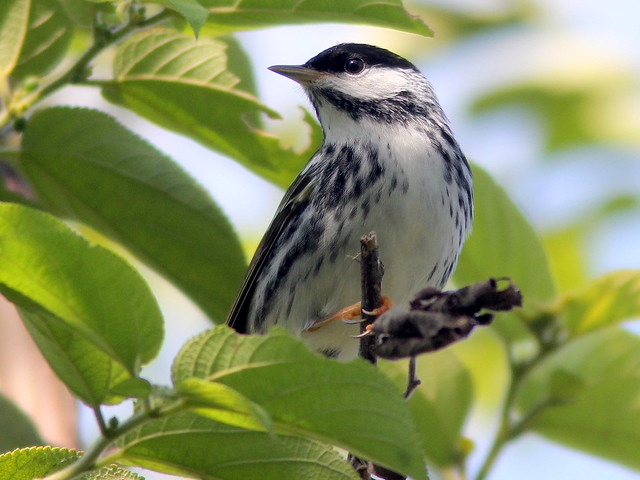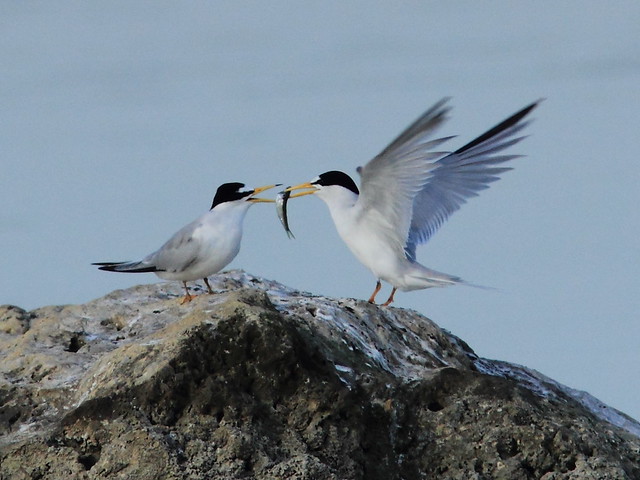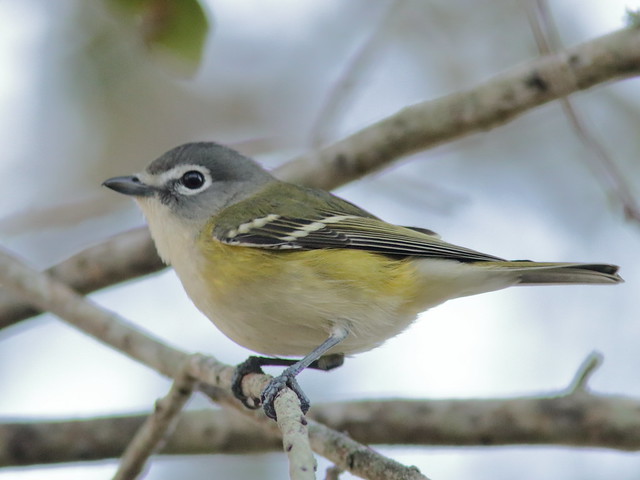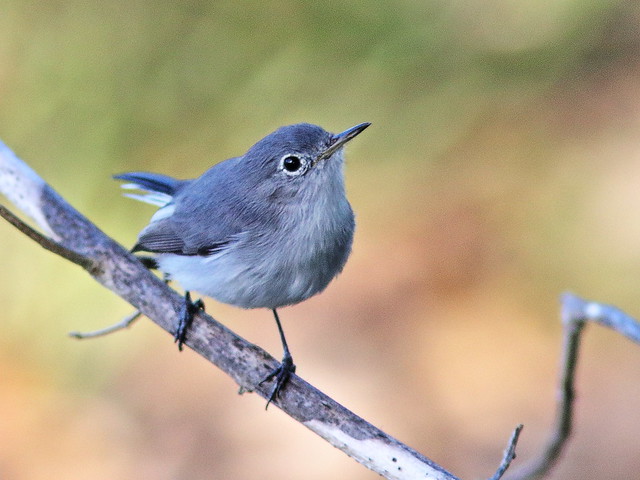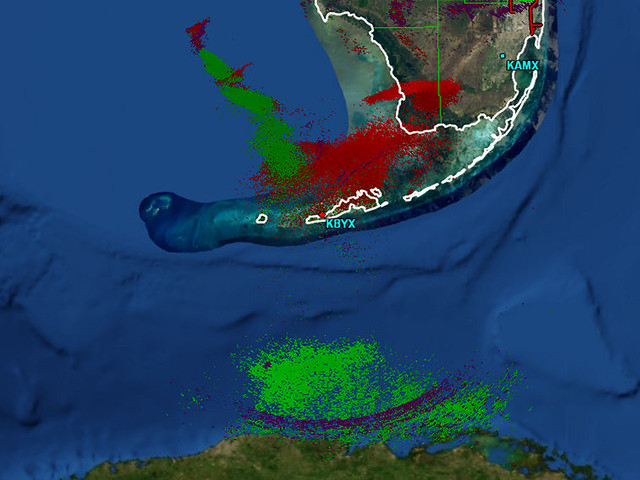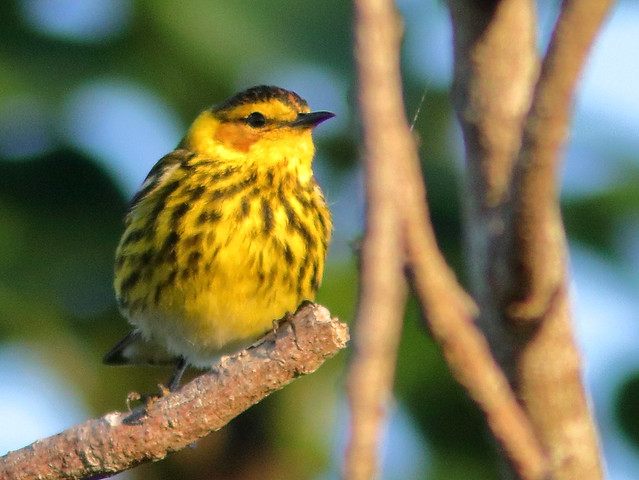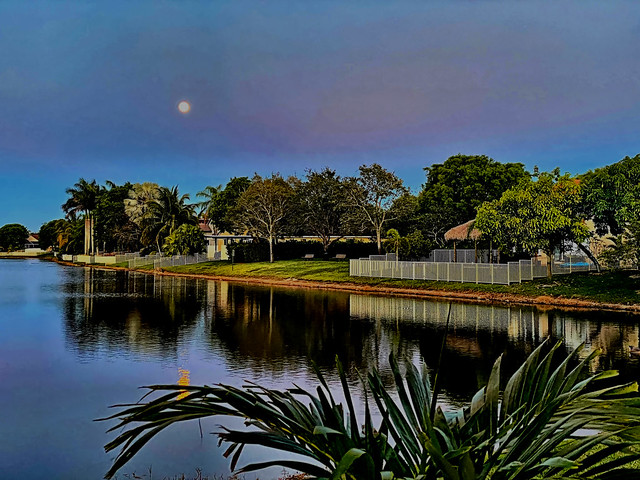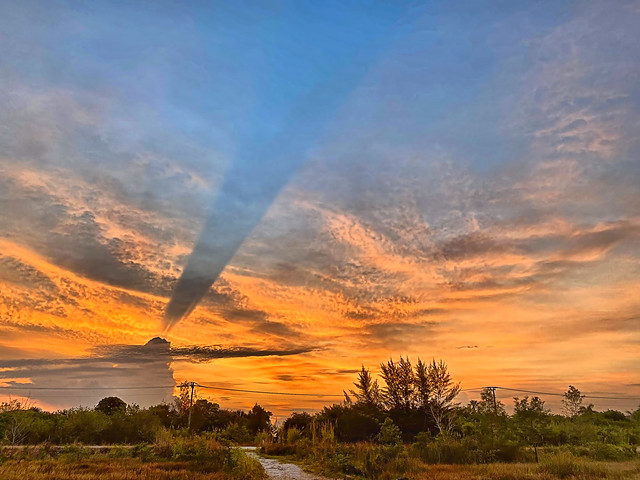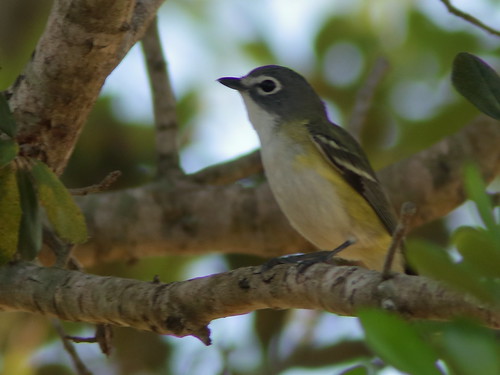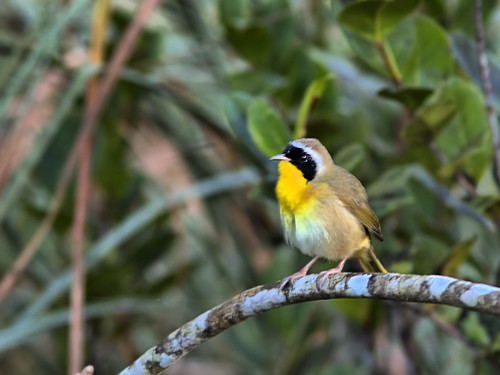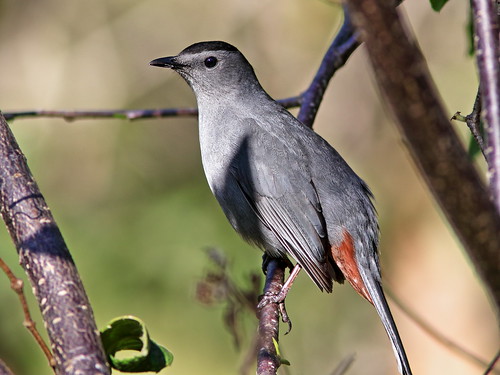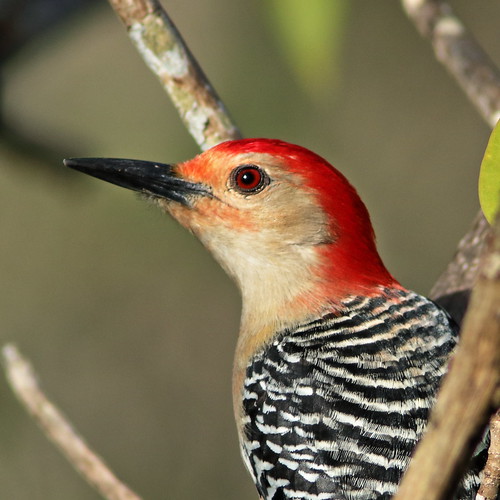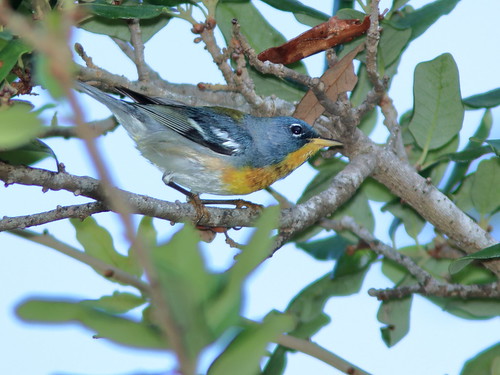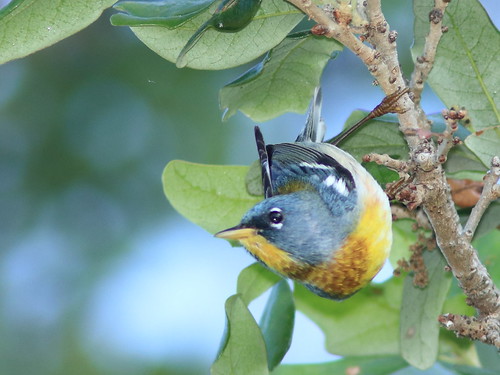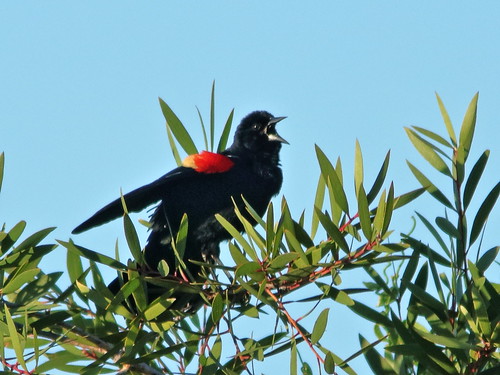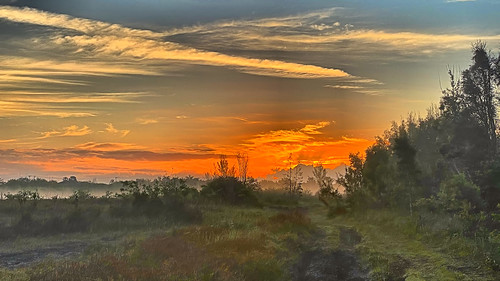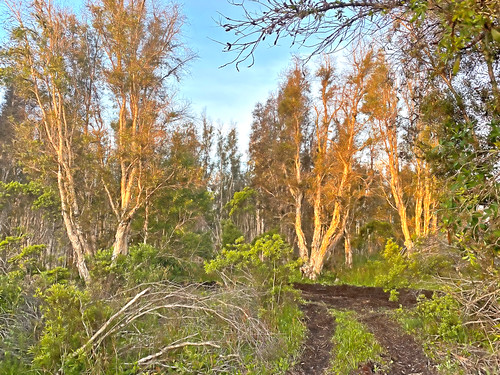A Great Egret suddenly appeared, dashing from left to right along the lake margin as if late for dinner:
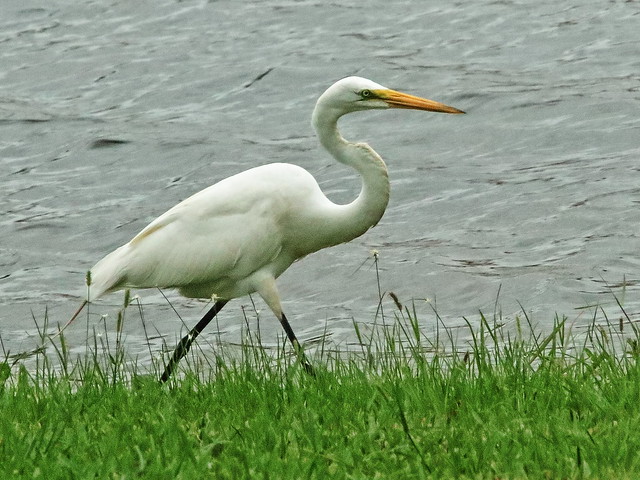

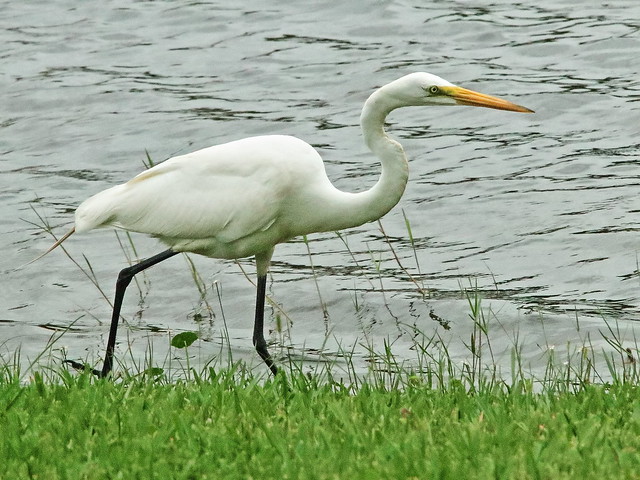
At the same time, my peripheral vision caught motion to my right. A Tricolored Heron was likewise speeding into an imminent head-on collision with the egret:


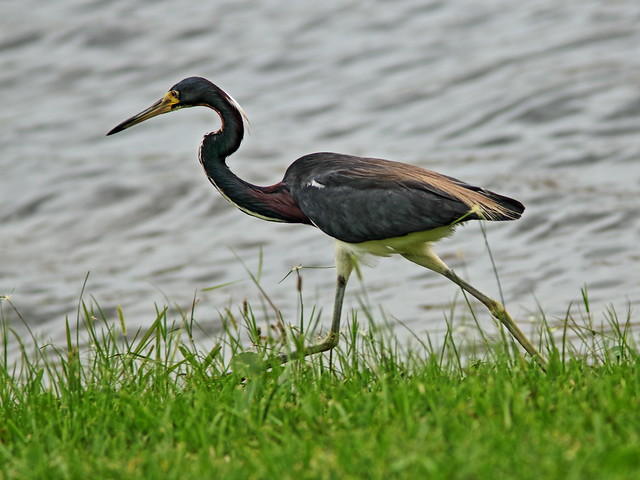
Neither changed course and it was only a near-miss. The Tricolored Heron just kept running along until out of sight to my left. The egret simply flew off to the right. What compelled them to move so purposefully in opposite directions? Beats me!
Now that spring migration is over and our local birds are quietly tending to nests and youngsters, the number and variety of birds is way down. I am a big believer in Bird Chaser's Recommended Daily Allowance of Birds (RDA-B).
The day just doesn't start off right unless I see at least my RDA of 20 species on a morning walk. Sometimes I get stuck at 19 and decide to hang around a little longer "just in case" one more shows up. During migration I sometimes hit the target before half way through my route, making me feel so "well nourished" that I do not even think about numbers.
Wintering Gray Catbirds were so numerous that they became a distraction. Then they suddenly disappeared:

Least Terns appeared just as the catbirds were departing:

In any season I can predict with certainty that I will see 10 species without even trying. The species mix will vary by season. Now that summer is arriving, the list will usually include a cardinal, mockingbird, two or three woodpecker species, blackbirds, grackles and an assortment of crows, ibises, herons and egrets.
Some of the usually common birds may decide not to show up. I have had heron-free mornings and the reliable flickers or shrikes may suddenly become scarce. Three species of doves are locally common, but sometimes I may hear or see only one.
Or, the normally predictable afternoon rainstorm may pop up early and cut my walk short, leaving me nutritionally deficient (and a bit frightened):
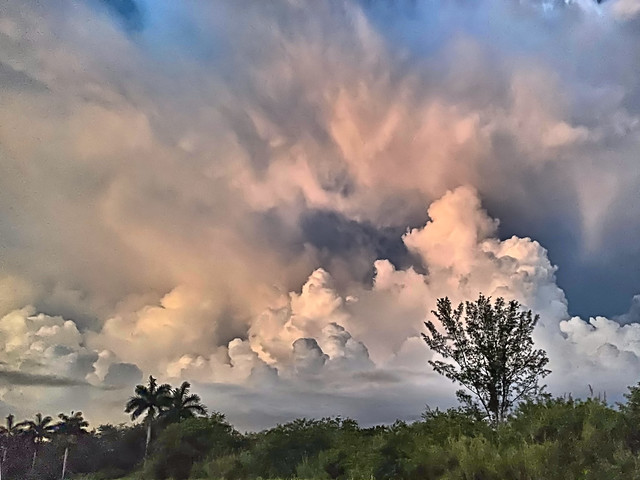
One morning I obtained a nice "two-fer," bagging a Red-shouldered Hawk and a V-shaped flock of ibises in one peaceful setting:
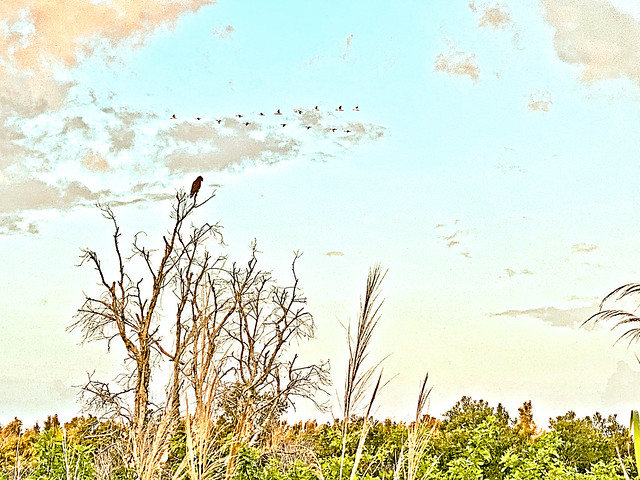
A closer look at the hawk:

Common Nighthawks are laying their eggs on the bare gravel along the trail. The female often flies out and rests in front of me to attract me away from her nest.
Female Common Nighthawk:
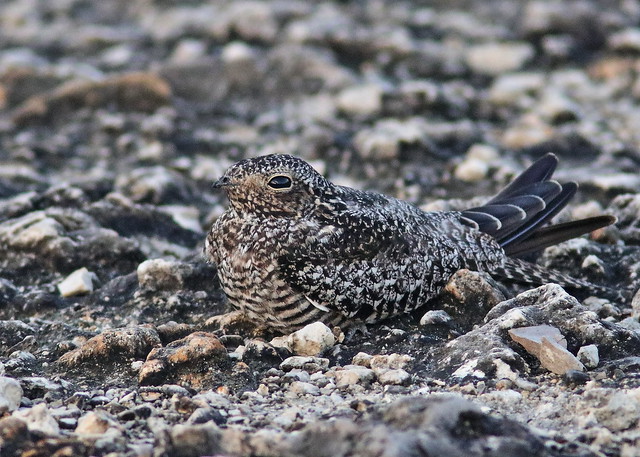
For comparison, the male has larger white patches on his throat, wings and tail:

The male nighthawk swoops low over my head, pulling up sharply to create a startling "boom:"

Killdeer are also patrolling their nesting territories:

A Green Heron passes overhead...
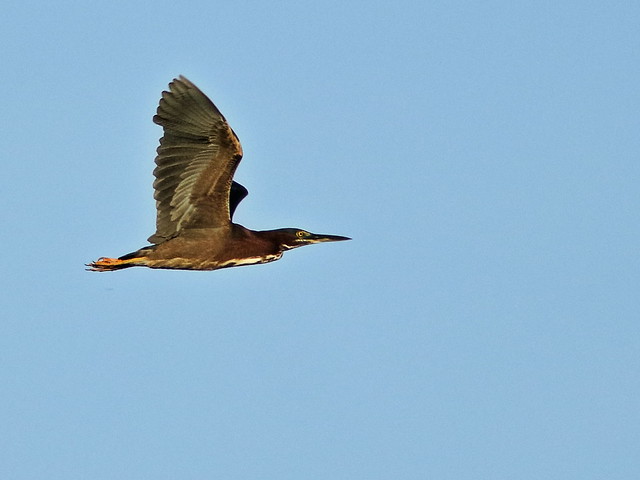
...along with Glossy Ibises...
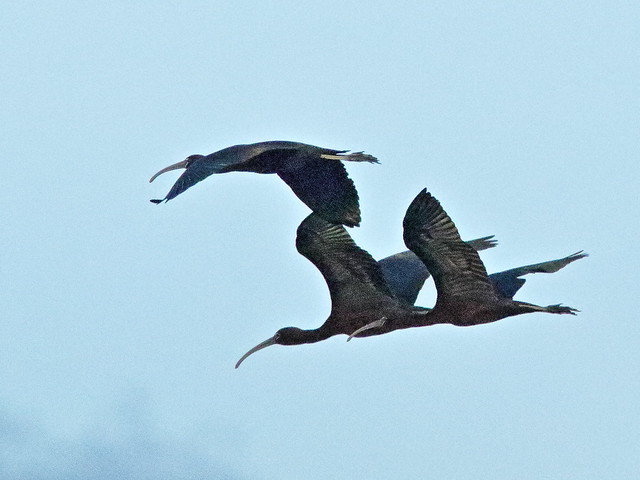
...and a White Ibis:

Heavy rains have caused the lake to extend into the lakeside marsh...

...and spill over into the wet prairie. Seeking dry footing, the deer are moving in from the Everglades preserve. I encountered a White-tailed buck with a pregnant doe and her yearling fawn. They stopped and stared at me...

...before wading through a deeper slough:

The buck lagged behind them:
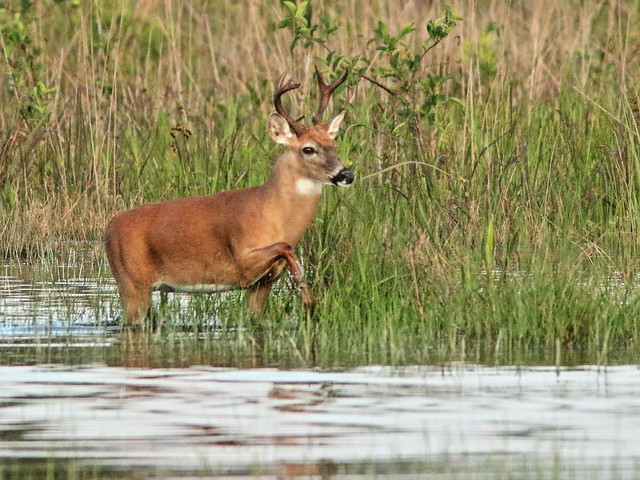
Once on dry land, the buck looked back at me:

They grazed along the dry path:

The doe had long eyelashes:

Before sunrise, a line of thunderstorms over the ocean created a regular series of parallel shadows which coursed overhead and appeared to converge on the western horizon, creating a mirrored "second sunrise:"

Gulf Fritillary:

= = = = = = = = = = = = = = =
Linking to:
Skywatch Friday
Weekend Reflections
Saturday's Critters
BirdD'Pot
Camera Critters
All Seasons
Wordless Wednesday (on Tuesday)
Our World Tuesday
________________________________________________
Please visit the links to all these posts to see some excellent photos on display
________________________________________________
